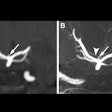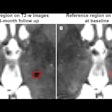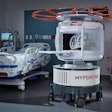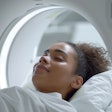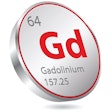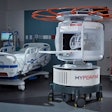The diagnosis of metabolic-associated steatotic liver disease (MASLD) may be influenced by racial and social factors, according to a poster presented April 27 at the ARRS meeting in San Diego.
Medical student Emmanuel Mgboji and colleague Jessica Fried, MD, both of the University of Michigan, found that patients with metabolic risk factors and an image diagnosis of steatosis -- but without a recognized diagnosis of MASLD -- were more likely to experience significant complications of chronic liver disease, including cirrhosis and hepatocellular carcinoma, compared with patients with a formal MASLD diagnosis. The research was honored as the ARRS's Summa Cum Laude Award-Winning Online Poster.
"MASLD affects approximately one-fourth of the global population, making it the most chronic liver disease worldwide," Mgboji said in an ARRS statement.
MASLD is characterized by hepatic steatosis and the presence of one or more cardiometabolic risk factors, and 20% to 30% of people with the condition will progress to metabolic dysfunction-associated steatohepatitis (MASH), they explained. Unfortunately, its diagnosis may be affected by racial or social factors. The two researchers assessed any disparities in the diagnosis and management of MASLD in a study that included electronic medical record data from 2018 to 2023.
The study included two patient cohorts: one that included 10,280 individuals with a diagnosis of MASLD in 2018 (called Formal MASLD Dx"), and another that included 5,103 individuals without a MASLD diagnosis but with MRI evidence of hepatic steatosis and metabolic risk factors in 2018 (called "Imaging Only"). Mgboji and Fried tracked demographic, social, and medical information for each cohort (i.e., age, race, ethnicity, insurance status, body mass index, primary language, history of medical diagnoses) and evaluated any disease-related outcomes (incidence, prevalence, and relative risk of hepatocellular carcinoma, cirrhosis, myocardial infarction, chronic kidney disease, coronary artery disease, and type 2 diabetes mellitus) over the study time period.
The team reported the following Image Dx cohort findings:
- Significant relative risk of 2.2 (with 1 as reference, p < 0.0001) for a diagnosis of hepatocellular carcinoma.
- Significant relative risk of 1.5 for a diagnosis of cirrhosis (p < 0.0001).
- Significant relative risk of 1.2 for myocardial infarction; 1.2 for chronic kidney disease, 1.3 for chronic kidney disease, coronary artery disease, and 1.3 for type 2 diabetes (p < 0.0001)
It also found the following results regarding racial and ethnic factors:
| Relative risk for developing liver-related disease by race (with 1 as reference) | ||
|---|---|---|
| Race | Hepatocellular carcinoma | Cirrhosis |
| Caucasian Americans | 2.5 | 1.6 |
| African Americans | 3.5 | 1.8 |
| Asian Americans | 2 | 1.9 |
| Hispanic Americans | 2.8 | 2.8 |
The findings underscore a need for more research, according to Mgboji and Fried.
"Further research is necessary to elucidate why there are disparities in the identification, management, and treatment for some patients with imaging evidence of hepatic steatosis and co-existent metabolic comorbidities," they concluded. "Future research will aim to develop interventions to address these disparities and enhance care for these at-risk patient populations."


.fFmgij6Hin.png?auto=compress%2Cformat&fit=crop&h=100&q=70&w=100)

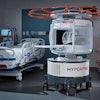
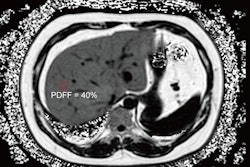
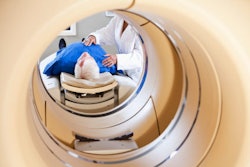
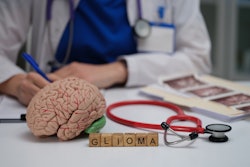
.fFmgij6Hin.png?auto=compress%2Cformat&fit=crop&h=167&q=70&w=250)
